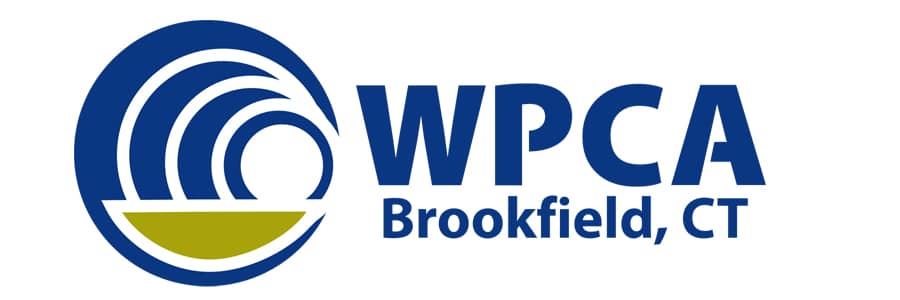What does it take to get a sewer project approved?
Actually, it takes about two years from concept to completion, if everything goes without a major hitch. Each step takes about a month, some tasks take longer, and some can be done simultaneously. But there are a myriad of rules and regulations by the State and the Town that involve the approval of other boards. The speed of government is different than for commerce or industry.
Since the process is not intuitive, the WPCA undertook the task to prepare a rough outline of the process. This can serve as guideline for the WCPA, but each project has some contingencies that require special attention or a change up in the process steps.
Town Sewer Project Approval Path—WPCA
For a sewer project, it is first necessary to assess the need. That could come in the form of a request from the property owners, from the Town Sanitarian, or the State DEP, for example. The steps are numbered below for discussion purposes, but the sequence will vary from project to project.
1) A preliminary engineering survey is initially appropriate to understand the scope and generate a preliminary cost. Often this requires investigation of several different options that make sense. This pre-work will give an idea of the properties affected, the roads affected, state or local, and wetlands, if any. The preliminary costs with the Grand List Values (GLV) of affected properties, will give property owners an idea of the cost impact. The final assessment is the final cost divided by the GLV of the benefited properties.
2) At some point, preferably early in the process, the affected owners should be alerted that a project is being considered. Ideally, their questions should be answered, and input should be accepted. This can be informally, but normally this process includes an informational Public Hearing.
With the initial spade work in hand the process begins:
3) Board of Selectman approval/recommendation for the Planning Commission to review.
4) Planning Commission Section 8-24 approval.
5) Complete the engineering work to develop a definitive cost estimate.
6) Secure other approvals as necessary, such as building permits, Wetlands Commission, State approvals for digging up state roads, for example.
7) Hold another Public Hearing for affected properties
- Showing the final construction plans for open comment.
- Any property to be taken or with an easement must be notified by certified mail. Bond Counsel requires this step.
8) Secure funding, which historically has been to obtain bonds as the lowest cost source of money. However, construction funds must be secured ahead of the bond. That is typically in the form of a Bond Anticipation Note (BAN). The funding request is a not-to-exceed number, so the request should be above the estimated cost.
- Alert the Controller’s office, so as to get bond counsel advice as necessary.
- Revisit the Board of Selectman to recommend to the Board of Finance to obtain the funding via the vehicle of BANS, then bonds. Often bond funding for any one project is combined with other unrelated town projects, for roads, recreation, buildings, etc.
- Obtain Board of Finance approval.
- Final funding approval will come in the form of a Town Meeting for a project under $1MM or a Town Referendum for a project exceeding $1MM.
9) Simultaneously or sequentially, secure bids.
10) Simultaneously or sequentially, obtain any necessary easements for sewer pipe, buildings, electrical water, roads, etc.
11) Award the bid to the successful contractor.
12) Build the project with constant field inspection and financial oversight.
13) Hold a Public Hearing to assign assessments for affected homeowners. (This is done as the end of the project approaches and the final costs are clear.)
